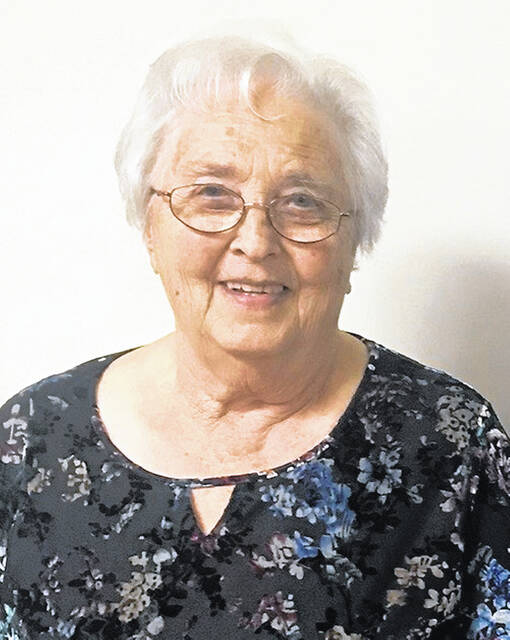The information for this article was found in The Wilmington Journal published August 22, 1872. Because of the amount of information in
this article it will be published in two parts. The information was told by John Harlan, an aged pioneer of the Oakland settlement. It gives an overview of “the early days”, some of the hardships, some early history, and the commitment of the early settlers to help each other. This certainly made me think about all the modern conveniences of today. I believe we must first have a bit of a history lesson to put the article in proper perspective. We first had the Northwest Territory and a piece of that area would become Ohio in 1803. As counties were formed we must realize that this area was first part of Hamilton County. The next series were Adams, Warren, Ross, and Highland Counties. In 1810 a portion of Warren and Highland had been taken and that portion became Clinton County. It is difficult for me to comprehend that this area was a very thick forest from which these early pioneers carved a homestead. They faced many struggles to survive. Some information is in the exact words of Mr. Harlan and some are my words to cover as much of the information as possible. Daniel Murray, an attorney for James Murray of the city of Annapolis, Maryland, established Oakland on December 27, 1806.
This area at that time was part of Warren County. Some of Mr. Harlan’s family left North Carolina in early 1806 to start the journey to Ohio. He states he drove “my mother’s team”. They came the Boone Road to Bean Station. We must realize this journey would take months. From Bean Station they proceeded to Crab Orchard, Kentucky. From that point there were three routes to Ohio where the Ohio River could be crossed. One crossing was at Louisville, one was at Cincinnati, and one was at Maysville. They chose the Maysville crossing and finally arrived in Highland County, Ohio where they spent the Winter. In the Spring of 1807 they completed their journey to the Oakland settlement in Warren County along Todd’s Fork and met the rest of the Harlan family who had preceded them to this location. Settlers of the area were from several other states. New York furnished the Dakins, Birdsalls, Nickersons, and Sabins; Pennsylvania had the Lintons, Millers, and Studybakers; from Maryland were the Wrights and Farquhars; and from North Carolina came the Mendenhalls, Harveys, Hadleys, Hales, Jones, Lees, Masseys, and the Harlans.
The trees had been cut to build cabins but the stumps were so numerous and so large that it was “almost impossible” to use a wagon for any purpose so the method of transport was by horseback or walking. Every able-bodied member was needed to work. There was no such thing as a steel plow. All planting and harvesting of crops must be done by hand. The crops were corn wheat, and flax. Flax was an absolute necessity as the flax was used to weave linen cloth for their clothing. All fabric used must be produced in the family home by spinning the flax into thread, then weaving the fabric, and constructing the garments. When Mr. Harlan left North Carolina the cotton gin had not yet been invented to remove seeds from the cotton bolls so any cotton fabric was extremely expensive if it could even be found. Wool from sheep grown by the settlers was also available but raising sheep was very difficult because of the number of wolves. The various things needed to produce fabric were “cards” used to card the raw materials by hand. They also needed the loom, the spinning wheel, the reel, the coloring pot, copperas, alum, and hickory and butternut bark for coloring. Those who produced flannel did their own “fulling”. In 1810 – 1811 Caleb Harvey constructed a fulling mill and could process raw materials in one location. Flannel was most of the production of this mill.
In the Fall of 1807 James Birdsall constructed a brick house. David Leely made the brick and laid the walls. It was the job of the younger boys to carry the “hod”. It was the first brick house in eastern Warren County with glass for windows and was roofed with shingles. In 1898 the house was opened to receive travelers. Military warrants had been issued for land between the Little Miami and Scioto Rivers and the recipients were either seeking their land to sell or their plot on which to build a cabin. Oakland became a stopping place for many of these early travelers. Nathan Linton did surveying and also piloted folks to the proper parcel of land, At that point in time there was a “road” from the VanMeters of HIghland County through Oakland in Warren County and then to Eaton in Preble County.

